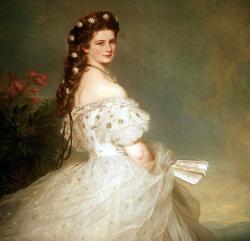This country is probably one of the oldest in Europe. During the bronze time the Celts produced metals, salt and began to trade with their neighbors. In the time of migration of people, several Germanic tribes settled in Austria; they mixed with the romanized natives and became the so called Baiuvarii people (Bavarian).
Austria was first officially mentioned in the 12th century as the eastern part of Bavaria ‘Osterrichi’. Later, Austria was growing under the Habsburg dynasty through intelligent negotiation and a brilliant marriage strategy. The Austrian-Hungarian Empire became one of the most powerful ones within Europe, governed by famous emperors Maria Theresia, Franz Joseph I and Elisabeth (more famous under her nickname Sissi). At its peak, the empire has expanded over major parts within Europe including parts of Hungary, Croatia, Serbia, Czech Republic, Bosnia-Herzegovina and Poland.
Unfortunately, this diversity of countries and cultures led to its breakdown - the powder keg on the Balkan led Austria into the First World War, and the Austro-Hungarian Empire was breaking down. As a result, the much smaller republic of Austria was founded. The political isolation of Austria as well as the weak world economy situation in the 1930s leaded to the annexation to Nazi-Germany and consequentially to the Second World War.
After the Second World War the country was occupied by USA, USSR, France and Britain. The result of the following negotiations was a neutral state, founded in 1955. The foreign troops finally left Austria on 26th of October – our national holiday since then. In 1995, Austria joined the European Union and became, despite its small size, one of the richest countries within Europe.


Follow us